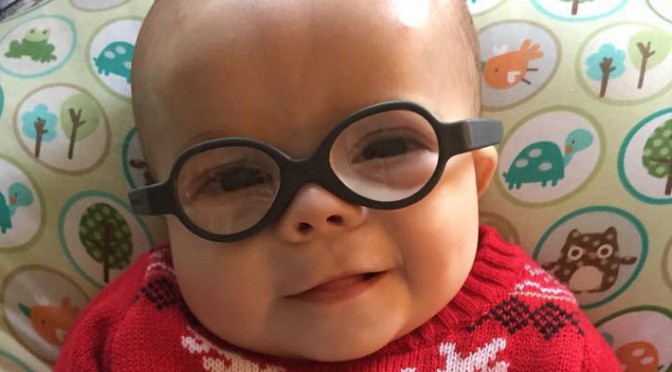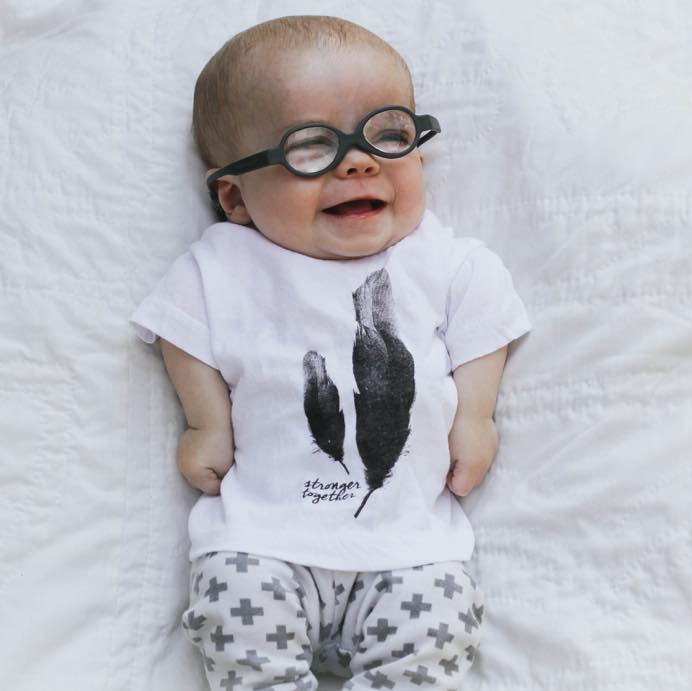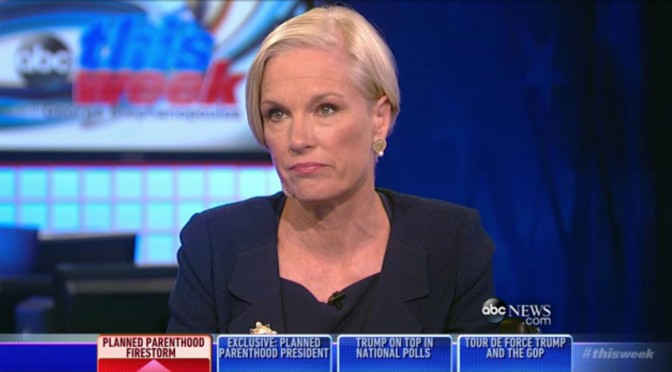On
May 12, 2015, David A. Prentice, Ph.D., Vice President and Research
Director of the Charlotte Lozier Institute, was invited to speak on the
science of fetal pain on
Point of View radio talk show. On May
13, 2015 the United States House of Representatives passed the
Pain-Capable Unborn Child Protection Act.
The full transcript is below:
Ms. Penna Dexter:
We want to talk about fetal pain […] because this bill is so much stronger. It actually
bans abortions after twenty weeks, and that’s because – I don’t think
there’s a doubt now that a fetus can feel pain at 20 weeks?
Dr. David Prentice:
The science is pretty conclusive at this point. And there are always
going to be people, especially those in favor of abortion, who will say,
“Oh that really doesn’t happen, and they’ll throw up a smokescreen. And
what they usually do is they refer to an old study back in 2005 that
was published actually by people who had associations with Planned
Parenthood and other abortion providers.
But the real science – and there’s some new things in fact, that have come out in the last few months – but
the
science pretty conclusively demonstrates: Young babies still in the
womb at 20 weeks after conception, and probably even earlier, do indeed
feel pain, and in fact, may feel more intense pain than a newborn or an
adult
Ms. Dexter:
And that is because [of] their development?
Dr. Prentice:
Source: LifeSite News
Exactly, they have a
higher density of nerve receptors. Like you said, your skin is not very thick at that point, but there is another aspect.
There are certain
pathways that sort of tone down pain.
If I hit my thumb with a hammer, I’m going to feel it because the pain
sensation goes up to my brain, but there is also a return path to try
and tone that down.
That doesn’t even start to develop until about the time that you’re born, so you don’t get this dampening of the pain.
In fact, there was a
study done, reported just a
couple weeks ago, where they were looking at pain experience of newborns
– just between one and six or seven days old and adults, and the
headlines were,
“Babies feel pain like adults and they feel it more intensely.”
The study actually looked at
regions of the brain associated with pain using very sophisticated technology
and comparing not really pain, just sort of like you’d take the end of a
pencil and press it against the bottom of this baby’s foot, a little
bit of pressure, a little sensation there.
A lot of the babies even slept through this whole procedure, but they were in this
functional MRI machine, very sophisticated technology, and then they would do the same thing to adults to see how they responded.
Eighteen of the twenty pain regions lit up in babies,
eighteen of the twenty that are the same as adults, and at four times as
sensitive. So again, you don’t develop this feedback loop to
shut down pain until right about that time, and it takes even several
months after birth for it to start to mature.
Now, wind back the clock to
five months after conception,
you’re a little past halfway through development in moms womb. You
don’t even have that feedback loop at all; it’s not starting until
months
later in your life – and now the pain is very intense. We don’t know
exactly how much, but much more intense for the small amount that you
might feel as an adult.
Ms. Dexter:
So one of the arguments that’s made is that at twenty weeks the
baby doesn’t have a mature cerebral cortex. What do you say to that
argument?
Dr. Prentice:
Well, if your listeners aren’t up to speed on brain anatomy, the
cortex is sort of the outermost part that is, in terms of your conscious
thoughts and so on, it’s the last part of the brain to develop.
There is indication that some of that neuronal material in your brain
is already present, starting to be formed certainly by twenty weeks
after conception, but it also turns out that that’s
not the most important part of your brain for pain perception.
There’s
another deeper layer that forms early in your brain called the thalamus, deep inside your brain. It forms even earlier in development – probably about
8 to 12 weeks
is when you start to see it forming, and those nerve tracks already
connect to the thalamus by the time you are 20 weeks after conception,
or after fertilization.
In fact, there are
individuals who are born without the cerebral cortex, and they feel pain. We know that for a fact.
So, you don’t need that cortical layer to actually feel pain.
What
you need are these deeper parts of the brain and simply the neural
tracks for sensation. And those are definitely formed, intact, and
responding by twenty weeks after conception.
Ms. Dexter:
That argument that no mature cerebral cortex, and that’s
necessary for perception of pain, that’s one of your smokescreen
arguments that you’ve been talking about?
Dr. Prentice:
It is definitely a smokescreen.
 Ms. Dexter:
If a scientist starts using terminology that you don’t really understand, then you get intimidated.
Ms. Dexter:
If a scientist starts using terminology that you don’t really understand, then you get intimidated.
Yes, people start throwing out these technical terms…In fact,
it wasn’t until probably the last ten or fifteen years that doctors really thought newborns even experienced pain,
so they would be doing lots of procedures on them after birth and they
didn’t think that they could even receive pain at that point in time.
Fast forward to where we are now, and starting about that time,
fetal surgery started to come into vogue, where they are actually doing
operations on these little ones while they’re still in the womb.
I know your listeners have probably seen that famous photo of the
little hand reaching out of the womb grabbing the doctor’s finger.
Little Samuel Armas, he was operated at an age about that same time,
about five months after conception … He was operated on while he was
still in the womb. And [these fetal surgeons] know that these little
ones feel pain. They see the responses, there is plenty of evidence for
that.
They give anesthetic and pain medicine directly to the unborn baby,
it’s not relying just on an anesthetic for mom. In fact, it’s
interesting, I came across one of the studies where they were talking
about the success of doing these operations while the little babies are
still in the womb, and they talked about how they address, beforehand,
the mom…
BREAK
Ms. Dexter:
It’s sort of amazing to me that the intent that the adults in
the world have for this baby have everything to do with whether or not
their pain is controlled because at that point, when they are operated
on, they are getting anesthesia. But if they are being aborted, they are
going to feel the entire pain of that awful abortion, correct?
Dr. Prentice:
Yes, that’s true, and it is just an attitude. It’s how we view this little one;
it’s the same person in there, but it’s just how we view their worth to us.
We were talking about fetal surgery, where the surgeons recognize
that this is an issue. I mean these are their patient’s number one –
Ms. Dexter:
The unborn baby is their patient?
Dr. Prentice:
That’s right. They’re going on to do this surgery on an unborn baby
while still in the womb at five months or even earlier in their
development. There have been a few surgeries even earlier, but they
recognize that this little patient,
at that point in their life – still in the womb – can experience pain.
In fact, it’s interesting: the
leading clinical anesthesia
textbook says it’s clear that these little unborn babies can experience
pain as early as 16 weeks after conception,
definitely by twenty. [It says] that these little unborn babies – they use the medical term “fetus” – that they are a patient, and that it is
critical to administer anesthesia directly to them.
I was going to read you, this is what
fetal surgeons tell the mother before they are going to go ahead and do the surgery. Listen to the almost tenderness here. It says:
“You’ll be given general anesthesia, and that anesthesia will put
your baby to sleep as well. In addition, during the prenatal surgery
your unborn baby will be given an injection of pain medication as well
medication to ensure the baby doesn’t move during the surgery.”
Again, these are little patients, very tender ones, and as we said
they can experience pain even more intensely than you or I do. [It’s]
this attitude – that these are little persons of worth that we need to
handle compassionately. They’re doing surgery for all sorts of types of
conditions now.
There’s a special fetal surgery wing, for example, at Children’s Hospital of Philadelphia that has done over
1,200 of these operations.
There are now almost a dozen or more special fetal surgery wings at
major hospitals around the country. Again, it’s recognizing that these
are patients and not some item to be discarded.
Ms. Dexter:
It’s so interesting that this huge hospital that does these
surgeries is in the same town where Kermit Gosnell existed for years.
It’s sort of the contrast between good and evil and life and death isn’t
it?
Dr. Prentice:
Right there within the same city. How shocking, in fact.
Ms. Dexter:
Tell us about the Charlotte Lozier institute, I know that the
last time I talked to you, you were at FRC, and I know that you all work
so closely together really all on the same page on these issues, but
tell us just about your position there and what that organization is
about.
Dr. Prentice:
Sure, what the Charlotte Lozier institute is
the education and research arm of the Susan B. Anthony List, and your listeners have probably heard of that organization.
What we do at Charlotte Lozier is
we are focused on science, we’re focused on statistics for life.
We are trying to put this information together so that Marjorie can use
a bullhorn to get the truth out there. So that Members of Congress,
state legislators, or other scientists or experts – when they speak to
the media, the public, or to their colleagues – can get the real facts
out there.
For so many years the prolife groups relied on the Guttmacher
Institute for the “facts” about abortion. That’s a real contradiction,
isn’t it, because Guttmacher of course is a spin-off from Planned
Parenthood, the biggest abortion provider in the nation. Should we have
relied on those people? Probably not, but they were the only game in
town.
Well, there is a new game in town and the Charlotte Lozier
Institute intends to give the prolife, objective viewpoint of the real
facts about life from conception until natural death so that people have the facts and can use them.
Ms. Dexter:
When Roe v. Wade was decided, they acted like there was some sort
of a question about life and that this was a real baby. Prolifers knew,
anybody who was a believer, a Christian, or had faith knew this was
life because God created this life in the womb and we knew all that. But
they were able to get away with [that question of life’s beginning
when] they made [the Roe v. Wade] decision, and now because of the
science – again the science – has shown us what’s there from such an
early stage.
I’ve got two grandchildren on the way and I’ve been able to see
the sonograms, and they are much clearer than the ones when I had my
children. It’s so clear and obvious, the humanity is just obvious and
clear now, and I think we are a little behind the curve almost in
getting this fetal pain ban passed.
Dr. Prentice:
We probably are, and it’s a matter that we need to keep
educating people about the truth and the humanity of these little ones. You are right. It’s gone from back in those dark early days where we were told this was a blob of tissue to now these
4D ultrasounds where you can see the little one in there smiling and waving at you as they do somersaults. I mean, it is amazing.
That brings up another point too, another study from just last week.
What do the courts look at in terms of this issue of abortion? That term
“viability” often shows up. The Pain-Capable Unborn Child Protection
Acts are not meant, at the federal or state level, to weigh in on that
issue of viability and survival outside the womb. They are meant to show
the humanity of that unborn child.
But
even in terms of viability, the
New York Times of all places reported last week on a
new scientific study out in the New England Journal of Medicine
and their focus was on survival of these little ones. Very, very
premature babies, some as early as, yes five months after conception,
lining up just exactly with what these bills are going for,
twenty weeks after conception. They are talking about how a number of these little ones even that early survive, and – lo and behold –
if you actually intervene, care for them, and try to keep them alive many many, more of them survive.
It would seem to be common sense that, yes, if we actually do
something to help you breathe or live, you’ll survive. I just want to
point out that these are little lives. That there is humanity of this
little person, and we need to focus on that and preserve those lives.
To listen to the audio:
http://pointofview.net/show/tuesday-may-12-2015/?listen_now=1
LifeNews Note: Reprinted with permission from the Charlotte Lozier Institute.






 Let me begin by strongly encouraging you to first read NRLC’s response
to the third video distributed by The Center for Medical Progress in its
ongoing series of undercover interviews with high-ranking Planned
Parenthood associates.
Let me begin by strongly encouraging you to first read NRLC’s response
to the third video distributed by The Center for Medical Progress in its
ongoing series of undercover interviews with high-ranking Planned
Parenthood associates. How
does a person who pledges to “first, do no harm” justify actively
taking a person’s life on a regular basis? How can a doctor switch back
and forth between healer and executioner?
How
does a person who pledges to “first, do no harm” justify actively
taking a person’s life on a regular basis? How can a doctor switch back
and forth between healer and executioner?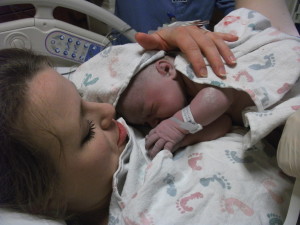
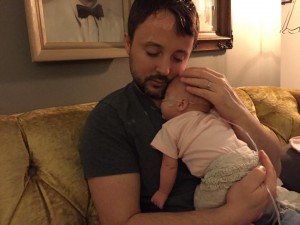


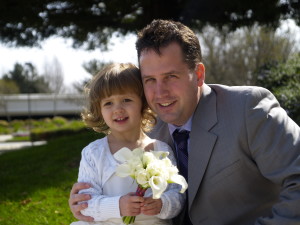
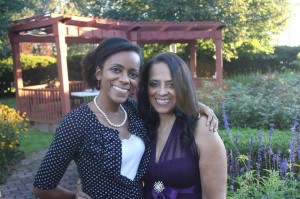
 As we’ve done for the last two weeks, we will be offering multiple
posts today on the controversy, which shows no signs of waning (just the
opposite), over two secretly recorded videos in which two high ranking
Planned Parenthood officials blasély conversed about intact hearts and
lungs and livers and skulls.
As we’ve done for the last two weeks, we will be offering multiple
posts today on the controversy, which shows no signs of waning (just the
opposite), over two secretly recorded videos in which two high ranking
Planned Parenthood officials blasély conversed about intact hearts and
lungs and livers and skulls. It’s hardly unfair to say that New York Times
is enraged each and every time a piece of pro-life legislation is
introduced (let alone passed). The only time the Times is happy when
pro-life Republicans talk about abortion is when a GOPer has trouble
articulating what he or she means to say which makes it possible for the
Times to announce, “Ah hah! Another campaign in the never ending war on
women.”
It’s hardly unfair to say that New York Times
is enraged each and every time a piece of pro-life legislation is
introduced (let alone passed). The only time the Times is happy when
pro-life Republicans talk about abortion is when a GOPer has trouble
articulating what he or she means to say which makes it possible for the
Times to announce, “Ah hah! Another campaign in the never ending war on
women.”
